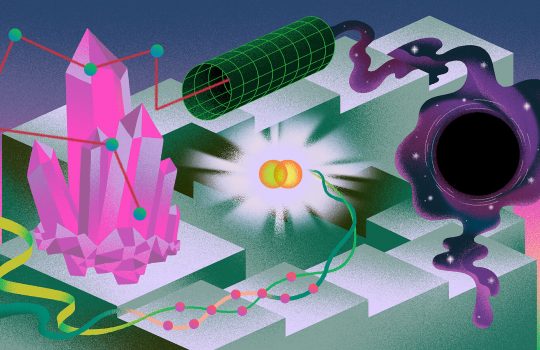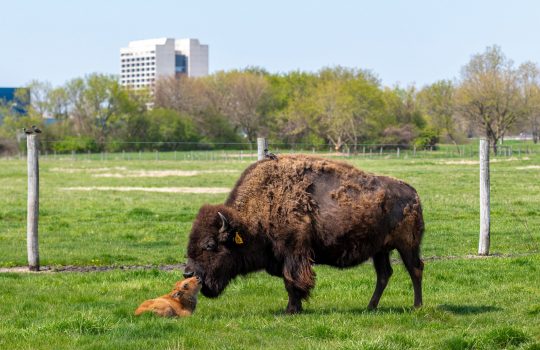Futureproof extra: has a fifth force of nature been discovered?
News Talk (UK radio talk show), April 27, 2021: Dr Chris Parkes, Professor of Experimental Particle Physics at Manchester University, and Spokesperson for LHCb Collaboration discusses the Muon g-2 result.


